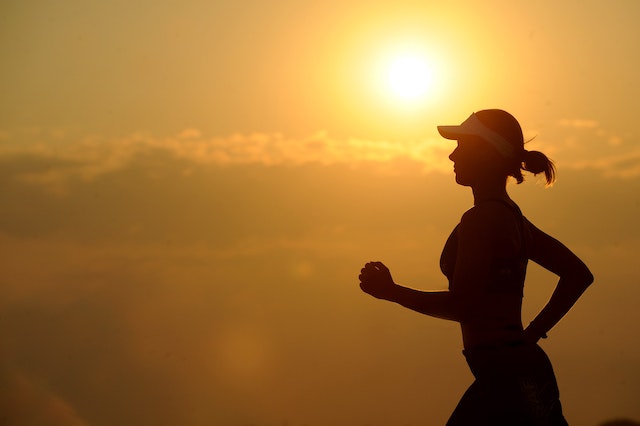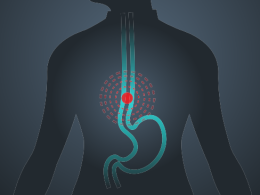Introduction: When the temperature soars, it’s important to adjust your workout routine to stay safe and comfortable. Exercising in hot weather requires extra precautions to prevent heat-related illnesses and dehydration. This article provides you with essential tips on how to stay cool and hydrated during hot weather workouts. By following these guidelines, you can continue to enjoy physical activity while minimizing the risks associated with exercising in high temperatures.
- Hydrate Before, During, and After: Proper hydration is paramount when exercising in hot weather. Drink water before your workout to ensure you start off hydrated. During your workout, sip water regularly to replenish the fluids lost through sweat. Consider sports drinks that contain electrolytes if you’re engaging in intense or prolonged exercise. After your workout, continue to hydrate to restore your body’s water balance. Aim to drink before you feel thirsty, as thirst may not be an accurate indicator of dehydration.
- Dress Appropriately: Choose lightweight, loose-fitting, and moisture-wicking clothing that allows air circulation. Opt for light colors that reflect sunlight rather than absorbing it. Additionally, wearing a breathable hat and sunglasses can provide protection from the sun’s rays. Avoid heavy fabrics and dark-colored clothing, as they can trap heat and contribute to overheating.
- Time Your Workouts Wisely: Plan your exercise sessions during the cooler parts of the day, such as early morning or late evening. Avoid exercising during the peak heat hours, typically between 10 a.m. and 4 p.m. By scheduling your workouts strategically, you can minimize your exposure to intense heat and reduce the risk of heat-related illnesses.
- Seek Shade or Indoor Alternatives: Whenever possible, choose shaded areas for your workouts or opt for indoor exercise venues with air conditioning. Exercising in direct sunlight increases your body’s heat absorption, making it harder to stay cool. If shade is scarce, consider using an umbrella or finding locations with built-in shade, such as tree-lined paths or covered areas.
- Cool Down with Water: Integrate water into your workout routine to stay cool. Carry a water bottle and periodically spray yourself with water or dampen a towel to wipe your face, neck, and arms. Alternatively, take advantage of outdoor water sources like fountains or misting stations to cool down. Cooling your body’s surface helps regulate your core temperature and provides a refreshing sensation.
- Listen to Your Body: Pay attention to any signs of overheating or dehydration during your workout. Symptoms such as dizziness, nausea, headache, muscle cramps, or a rapid heartbeat may indicate that you need to take a break, find a cooler spot, and rehydrate. Ignoring these signals can lead to more serious heat-related conditions.
- Adjust Intensity and Duration: Lower the intensity and duration of your workouts during hot weather. Intense physical activity raises your body temperature even higher, increasing the risk of overheating. Opt for lower-impact exercises, such as swimming or yoga, or shorten your usual workout routine. Listen to your body’s limits and gradually increase intensity as you acclimate to the heat.
Conclusion: Exercising in hot weather necessitates specific strategies to stay cool and hydrated. By following these guidelines, including proper hydration, appropriate clothing, timing your workouts wisely, seeking shade or indoor alternatives, incorporating water for cooling, listening to your body, and adjusting intensity, you can enjoy your workouts while safeguarding your well-being. Stay mindful of your body’s needs, take breaks when necessary, and prioritize your health and safety during hot weather workout.










